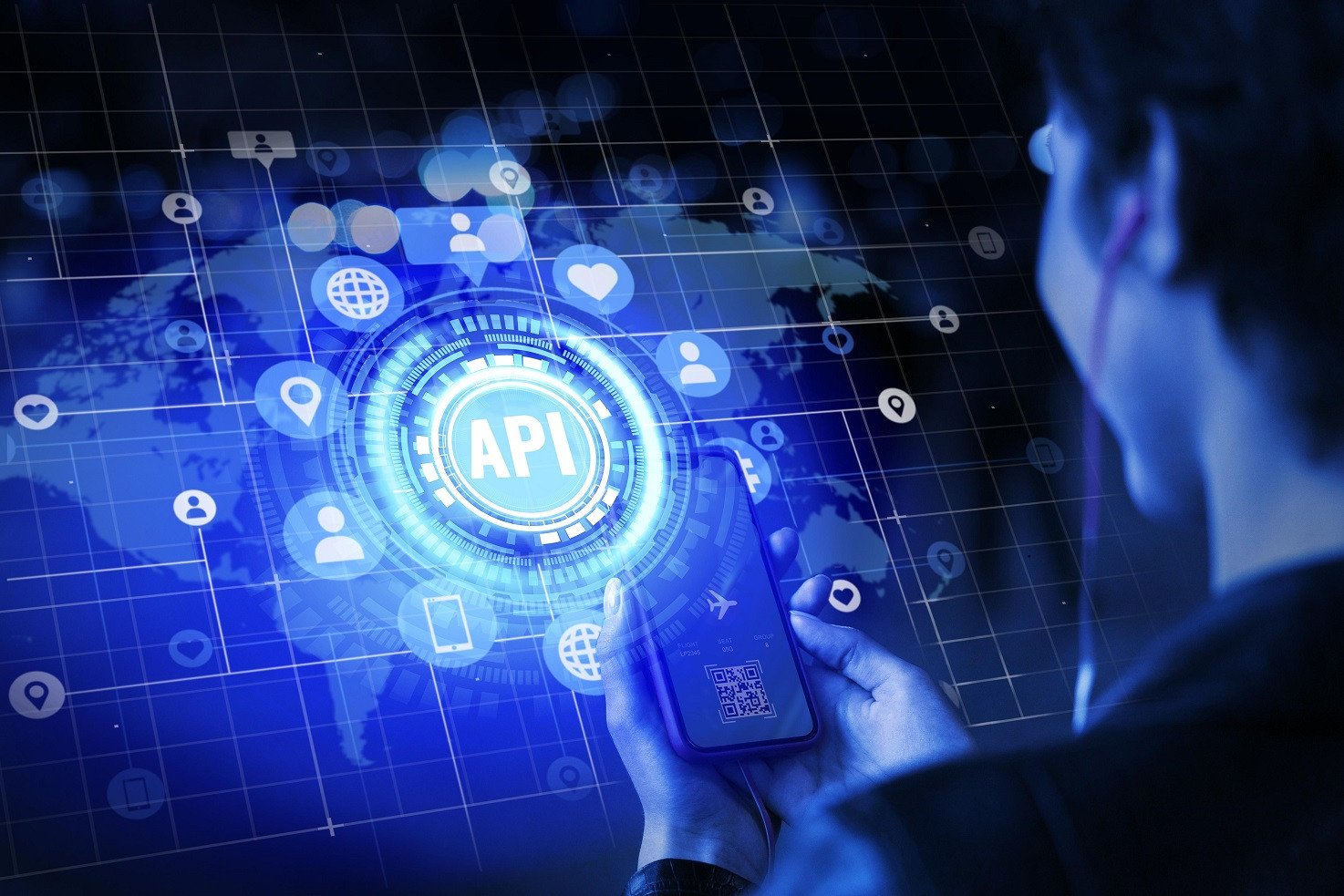Demystifying APIs: What They Are and How to Create Them

In the age of digital connectivity, Application Programming Interfaces (APIs) have become the backbone of modern software development. APIs are the bridges that enable different software systems to communicate and interact seamlessly, providing developers with a powerful toolset to build innovative applications and services. In this blog, we will unravel the mystery of APIs, explaining what they are and how you can create them.
What is an API?
At its core, an API (Application Programming Interface) is a set of rules and protocols that allows one software application to interact with another. It defines the methods and data formats that applications can use to request and exchange information. APIs serve as intermediaries that enable the integration of various software systems, enabling them to work together.
Key Characteristics of APIs:
-
Abstraction: APIs provide a simplified way to access complex functionality. Instead of diving into the inner workings of a system, developers can use an API to request specific actions or data.
-
Interoperability: APIs enable different systems, often using different programming languages or platforms, to communicate with each other seamlessly.
-
Modularity: APIs are designed with modularity in mind, allowing developers to use specific parts of a system without needing to understand the entire system.
-
Security: APIs often include authentication and authorization mechanisms to ensure secure access to protected resources.
-
Consistency: APIs provide a stable interface that remains relatively unchanged over time, allowing developers to rely on them for extended periods.
Types of APIs
There are various types of APIs, each serving specific purposes. Here are some common categories:
-
Web APIs: These are accessible over the internet and follow web standards such as HTTP/HTTPS. REST (Representational State Transfer) and GraphQL are popular architectures for designing web APIs.
-
Library/APIs: These are sets of functions and procedures bundled into a software library that can be used within a program. They are often used for specific programming languages or frameworks.
-
Operating System APIs: These enable interaction with an operating system's functionality, allowing programs to access resources like files, hardware devices, and system services.
-
Hardware APIs: These are used to communicate with hardware devices like printers, cameras, and sensors.
-
Third-Party APIs: Many companies offer APIs to allow developers to access their services, such as social media platforms (e.g., Facebook Graph API) and payment gateways (e.g., PayPal API).
How to Create an API
Creating your own API involves several steps, and it can be tailored to meet your specific needs. Here's a simplified overview of the process:
-
Define the Purpose: Clearly define the purpose of your API and what functionality it will expose to developers.
-
Choose a Protocol: Decide on the communication protocol for your API. HTTP/HTTPS is the most common for web APIs.
-
Design Endpoints: Define the endpoints (URLs) and methods (GET, POST, PUT, DELETE, etc.) that developers will use to interact with your API.
-
Data Format: Determine the data format your API will use for requests and responses. JSON and XML are popular choices.
-
Authentication and Security: Implement authentication mechanisms (e.g., API keys, OAuth) and security measures to protect your API and users' data.
-
Development: Develop the API endpoints and functionality according to your design.
-
Documentation: Create comprehensive documentation for your API, including usage examples, error handling, and best practices.
-
Testing: Thoroughly test your API to ensure it works as intended and handles errors gracefully.
-
Deployment: Deploy your API to a server or cloud platform for public or private access.
-
Monitoring and Maintenance: Continuously monitor your API's performance, usage, and security. Make updates and improvements as needed.
Conclusion
APIs are the building blocks of modern software development, enabling the seamless integration of various systems and services. Understanding what APIs are and how to create them is essential for developers and businesses looking to harness the power of connectivity and innovation in the digital age. By following best practices and design principles, you can create APIs that empower others to build amazing applications and drive technological advancements.




